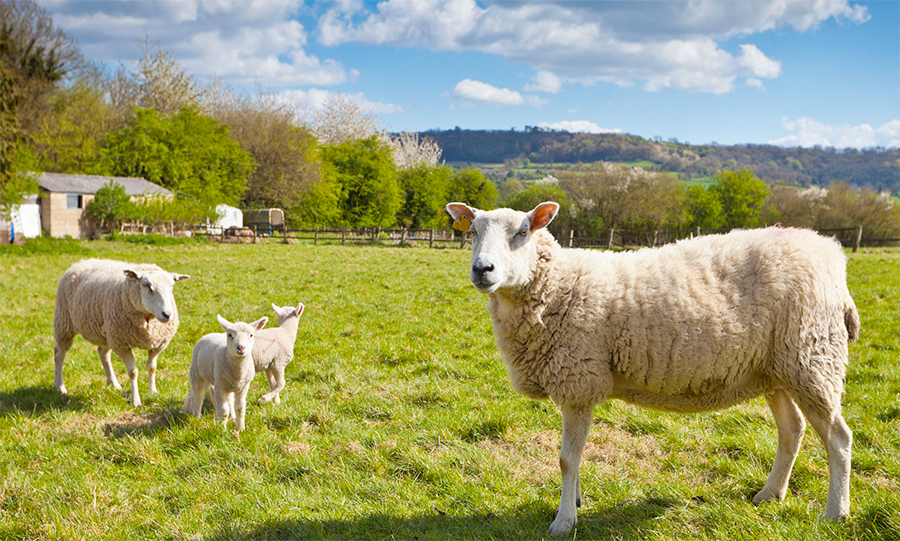
A decline in the New Zealand flock by one in 25 in just twelve months provides grounds for cautious optimism for end of year Welsh Lamb demand.
Total sheep numbers in New Zealand at the end of June 2015 had declined 4.1 per cent on the previous year to 28.6 million head, driven by a decrease in both the number of breeding ewes and hoggets, according to the latest figures released by Beef and Lamb New Zealand (BLNZ).
With fewer breeding ewes on the ground compounded by drought conditions in North Island, lamb production for the forthcoming 2015/16 season is also expected to be down. BLNZ has estimated the 2015/16 lamb crop at 23.8 million, a decline of 7.2 per cent on the previous crop. The average lambing percentage is also expected to be down, however spring lambing conditions will determine the total lamb crop.
“As a result the export lamb slaughter is predicted to decline 7.4 per cent to 19.4 million head,” said Charlotte Morris, Hybu Cig Cymru - Meat Promotion Wales’ (HCC) Industry Information Officer. “This reflects high New Zealand production levels for the previous year, as well as an estimated smaller lamb crop and an increased retention of hoggets as producers look to rebuild their flocks.
“Taking all these factors into account, the export lamb production is forecast to decline 6.3 per cent to 354,600 tonnes; it is difficult to predict how much of their exports will end up in the UK because exchange rates are so influential, but it could have a positive impact on the domestic market around the Christmas and new year time.”
BLNZ also reported New Zealand’s largest market, China, is expected to increase lamb production, as high prices have incentivised Chinese producers to increase production. Consequently export volumes from New Zealand to China are expected to be lower during the 2015/16 season.
“Coupled with the estimated decline of lamb production in Australia, for the coming 2015/16 season global supplies could remain tight. However with Chinese lamb production expected to increase, the availability of New Zealand lamb to the European market could actually increase,” said Ms Morris.
“The poor exchange rate between the pound and the New Zealand dollar, together with Chinese buying policy changes, saw a flood of imports arrive in Britain, hitting domestic lamb prices already damaged by the rate of the Euro to the pound and oversupply at home.
“After witnessing unpredictable and destabilising volumes of New Zealand lamb during 2015, Welsh Lamb producers may welcome the forecast of lower supplies of New Zealand lamb for export over the coming season. However, the strength of the Sterling against the New Zealand dollar will be a contributing factor to the amount of lamb imported, as well as the purchasing decision of retailers in months to come.”
At home, for the first half of 2015, the exchange rate between the Euro and Sterling played a significant role in the trade of UK red meat. Exports of sheep meat were affected as a result of the exchange rate, as the strength of sterling makes the product less competitive across Europe.
